

This website uses cookies to improve the user experience. We use cookies in accordance with our NRMA Group Cookie Policy.
This website uses cookies to improve the user experience. We use cookies in accordance with our NRMA Group Cookie Policy.
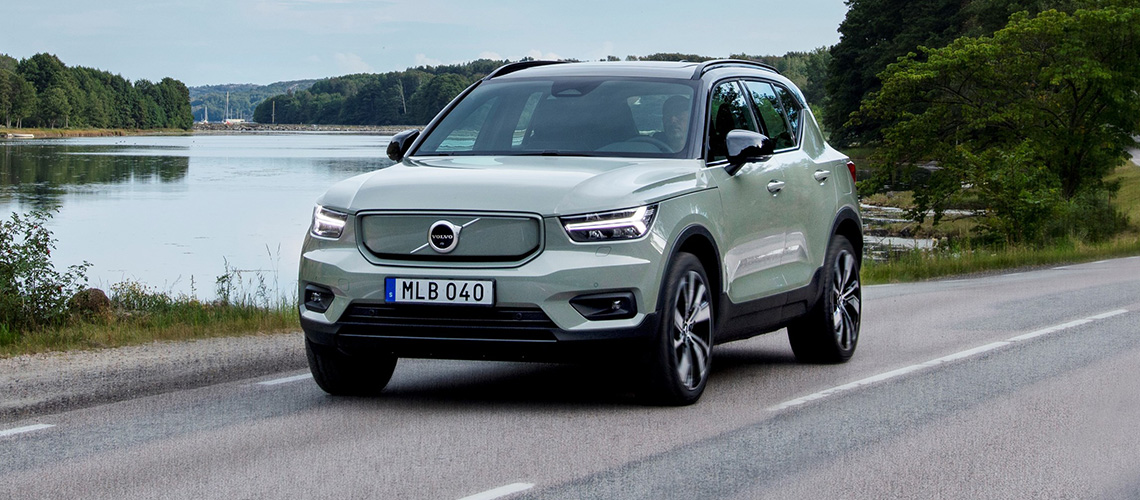
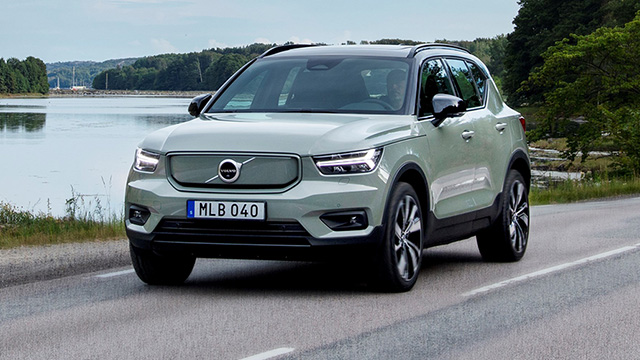
This rating is based on an NRMA road tester's evaluation of the vehicle against similar competitors and is provided as a guide only.
Volvo launched the mid-sized XC40 in 2018 to immediate acclaim, bolstering its impressive SUV and AWD wagon stable. The XC40 range later expanded with the Recharge plug-in hybrid and the Twin Pure Electric (AWD) and a single-motor FWD variant.
This follows Volvo’s ambitious commitment to electrifying its entire range, setting a 2025 target for a mix of plug-in hybrid electric vehicles (PHEVs) and battery electric vehicles (BEVs), and full electrification by 2030.
Prices start at $72,990 for the single motor and climb to $79,490 for the dual-motor, AWD Twin Pure Electric AWD (our test vehicle). The latter uses two 150kW electric motors, one at each axle, for a combined 300kW and 660Nm output, while a 78kWh lithium-ion battery under the floor provides up to 418km range. Charging time is a claimed 40 minutes for 0–80 per cent using a 150kW ultra-fast charger.
The Recharge Twin Pure Electric is a handy performer, taking just 4.9 seconds for the 0–100km/h sprint – 1.5 seconds faster than the petrol-engine XC40 T5 AWD.
It’s worth noting here that Volvo and Polestar (a subsidiary of Volvo Cars) are owned by Chinese automotive giant Geely Group and have much in common. Polestar’s sporty heritage is designed to provide some separation, and the Polestar 2 has a fractionally faster 0–100km/h time of 4.7 seconds
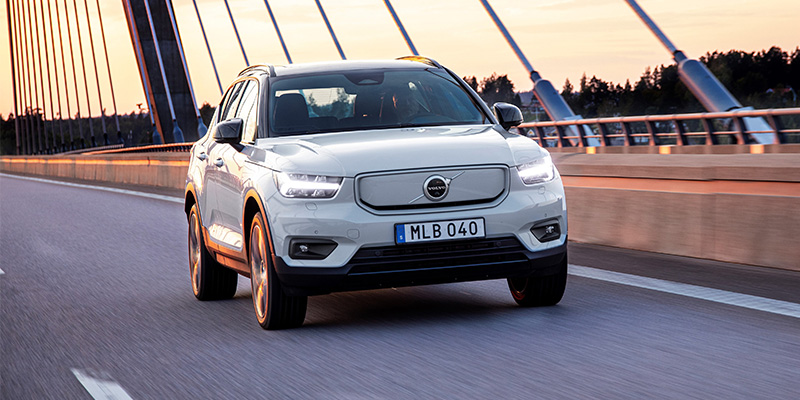
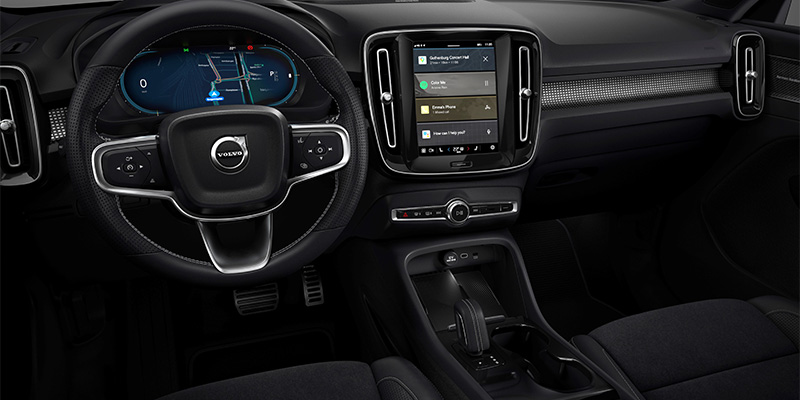
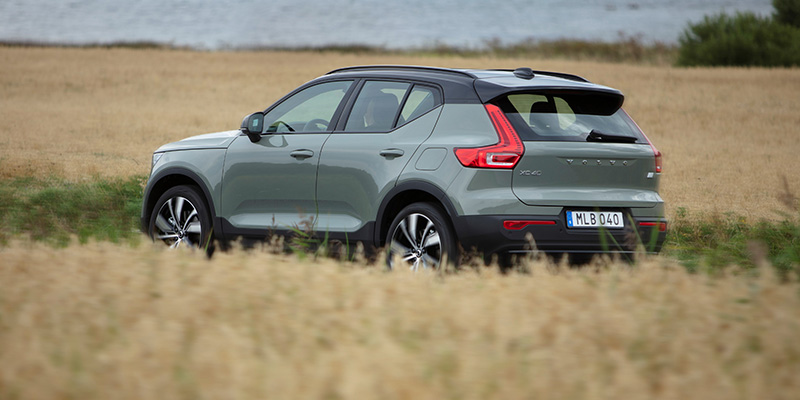
Volvo’s laser-like focus on safety is on show in the Recharge Twin Pure Electric, with blind spot monitoring, cross traffic alert, and front and rear collision warning and mitigation forming the backbone of an extensive list of features for a five-star ANCAP rating.
A 360-degree camera, front and rear parking assistance, adaptive cruise control and lane keeping assistance round out the list.
Google Assistant helps navigate hands-free through the functionality of the nine-inch central display, while a 13-speaker/600-watt Harman Kardon premium audio system with sub-woofer delivers the beats for audiophiles. Leather accentuated seats are heated front and rear.
The interior design is clean and sophisticated and the major controls are well laid out. Like the Polestar, it has no engine stop/start button – the system detects the key once the driver is behind the wheel. The instrument cluster can be configured as a sat-nav screen, front seat comfort is excellent, and second-row passengers have plenty of room.
Beneath the bonnet lid or ‘frunk’ (a portmanteau of ‘front’ and ‘trunk’ – perhaps in Australia it should be a ‘froot’) is enough room for a soft overnight bag, a useful addition to the rear cargo space.
The 2022 Volvo XC40 Recharge Twin Pure Electric a bag of fun through the bends and the AWD system and 660Nm allow you to slingshot from corner to corner in an impressively controlled manner, while the 20-inch wheel and tyre combo delivers plenty of grip and the suspension setup controls body roll nicely.
Around town, you quickly adapt to the one-pedal driving mode, which adds charge to the battery when you slow down. The conventional braking system is only needed sparingly once you get the hang of it.
The Recharge Twin Pure Electric’s main drawback is its considerable cost over the combustion engine version, which starts at under $48k.
While we haven’t driven the 2WD variant of the EV, its cheaper entry point could make it an attractive option as well.